TB control tools for policymakers are essential in the fight against TB. Discover tools developed by partner organizations that can support the implementation of the PCF process. From the MATCH approach for effective resource use in treating populations with ongoing TB transmission to the OneHealth Tool for national strategic health planning and the KNCV Stigma Measurement Guidance for addressing TB stigma at its root. These tools offer a comprehensive solution for policymakers to enhance TB care coverage, integrate planning and strengthen health systems, and reduce TB stigma. Learn more about these tools and their applications below.
Planning & evaluation
MATCH Approach
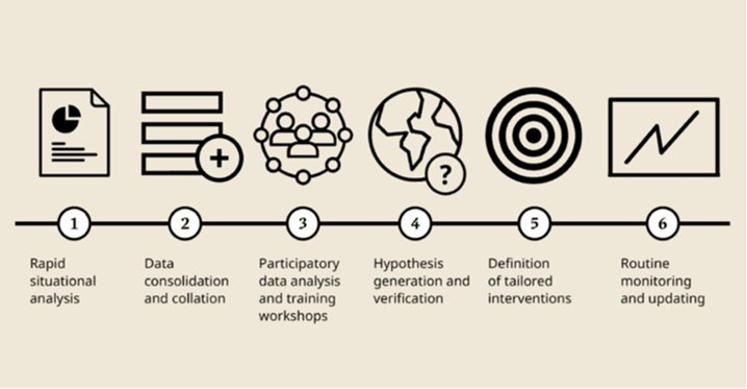
The MATCH approach (Mapping and Analysis for Tailored disease Control and Health system strengthening) for National Tuberculosis Programmes. MATCH supports National Tuberculosis Programmes to use resources more effectively to treat populations with ongoing tuberculosis transmission.
https://www.kit.nl/project/the-kit-match-approach-for-enhancing-tb-care-coverage/
The KIT Royal Tropical Institute developed the MATCH approach to support NTPs in their efforts to enhance TB care coverage. It begins by gathering many – often underused – data sources, for example, geographic, temporal, and demographic data. The first step in analysis then identifies places and populations with significant numbers of missed tuberculosis cases and gaps in the pathway of care. The next step is setting this information apart and performing further investigations through mapping, followed by spatial and temporal analysis. The final step is assessing the various data using triangulation. The result is a clear picture of what can be done to stop tuberculosis transmission.
OneHealth Tool
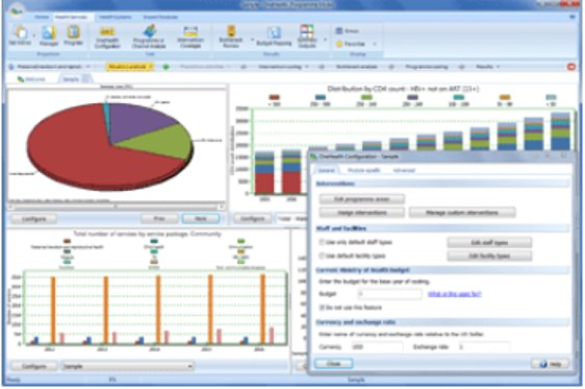
The OneHealth Tool is a model to support national strategic health planning in low- and middle-income countries. The tool facilitates an assessment of resource needs associated with key strategic activities and their associated costs, focusing on integrated planning and strengthening health systems.
https://www.avenirhealth.org/software-onehealth.php
The OneHealth Tool is a computer programme for assisting countries in making informed health programming decisions. This model seeks to leverage the most useful components of the different tools that currently exist and is designed in a modular fashion allowing for program-specific costing as well as health system component costing. It can be run as a stand-alone application or as part of the SPECTRUM suite of easy-to-use policy models, which provide policymakers with an analytical tool to support the decision-making process.
Stigma Measurement
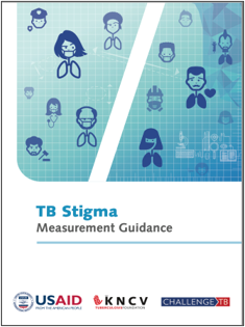 The KNCV Stigma Measurement Guidance is designed as a compendium guide of stigma measurement tools and approaches. The goal of this manual is to help busy people generate enough information about stigma issues to design and monitor and evaluate (M&E) stigma reduction efforts.
The KNCV Stigma Measurement Guidance is designed as a compendium guide of stigma measurement tools and approaches. The goal of this manual is to help busy people generate enough information about stigma issues to design and monitor and evaluate (M&E) stigma reduction efforts.
https://www.challengetb.org/publications/tools/ua/TB_Stigma_Measurement_Guidance.pdf
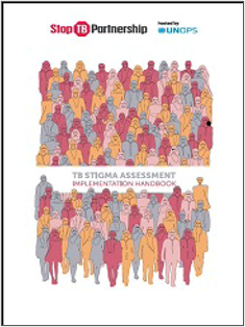
STP TB Stigma Assessment Implementation handbook, data collection instruments and data entry and analysis workbook
- http://www.stoptb.org/STP TB Stigma Assessment Implementation Handbook.pdf
- http://www.stoptb.org/STP TB Stigma Assessment Data Collection Instruments.pdf
- http://www.stoptb.org/STP TB Stigma Assessment Data Entry and Analysis Workbook.xlsx
Guidelines & best practices
Stigma Reduction

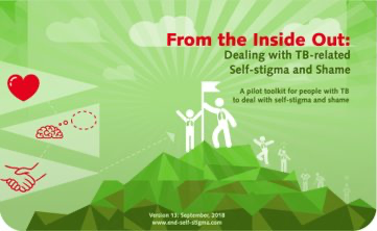
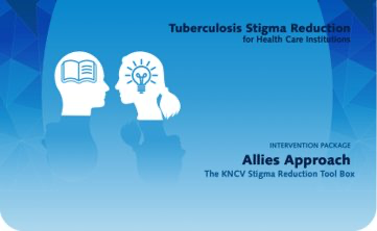 Stigma and discrimination are recognized as some of the most commonly identified barriers to fighting the TB epidemic.
Stigma and discrimination are recognized as some of the most commonly identified barriers to fighting the TB epidemic.
KNCV’s philosophy on reducing TB stigma is to build empathy and mutual respect among communities, healthcare workers and TB patients. It aims to reduce the tendency to label, blame, shame and control by strengthening the awareness of our judgements. To do so, KNCV has developed several innovative tools to understand, measure, assess and effectively address TB Stigma at its root.
https://www.kncvtbc.org/en/tb-stigma/
Short-course TB Preventive Therapy for LTBI

IMPAACT4TB – Increasing Market and Public health outcomes through scaling up Affordable Access models of short Course preventive therapy for TB – is a four-year project introducing a new way to tackle latent Tuberculosis (TB) infection to slow and ultimately stop new TB cases occurring every year. This is done by identifying and providing new, shorter treatment options for people with latent TB infection.
The project prioritizes short-course TB preventive therapy for people living with HIV and children under five and, subsequently, all those in close contact with TB patients in 12 high-burden countries—representing 50 percent of the global TB burden.
TPT implementation tools: https://www.impaact4tb.org/3hp-tools/
New diagnostics and laboratory network design
 All persons with active and latent TB should be detected and treated appropriately, so they cannot spread the disease further. KNCV assists in strengthening laboratory networks. Our multidisciplinary team of dedicated professionals is ready to assist in various aspects of diagnostics and laboratory network strengthening development.
All persons with active and latent TB should be detected and treated appropriately, so they cannot spread the disease further. KNCV assists in strengthening laboratory networks. Our multidisciplinary team of dedicated professionals is ready to assist in various aspects of diagnostics and laboratory network strengthening development.
https://www.kncvtbc.org/en/new-diagnostics-and-laboratory-network-design/
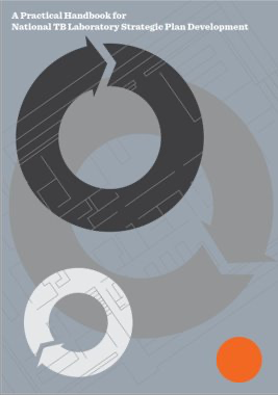 A Practical Handbook for National TB Laboratory Strategic Plan Development (Updated)
A Practical Handbook for National TB Laboratory Strategic Plan Development (Updated)
This package contains the handbook, a facilitator’s manual, a participant’s manual and dynamic budget excel sheets.
http://www.challengetb.org/publications/tools/lab/Laboratory_Strategic_Handbook.zip
Digital Adherence Technology
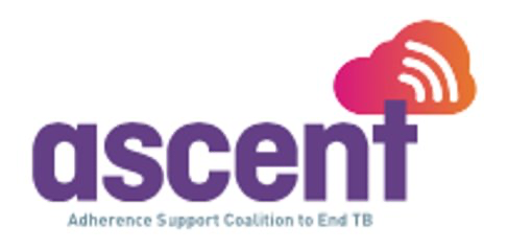 The ASCENT project helps patients successfully complete their course of treatment through the use of digital adherence technologies and data-driven support interventions, utilizing tools such as smart pill boxes and other innovations.
The ASCENT project helps patients successfully complete their course of treatment through the use of digital adherence technologies and data-driven support interventions, utilizing tools such as smart pill boxes and other innovations.
https://www.digitaladherence.org/
Childhood TB Benchmarking tool
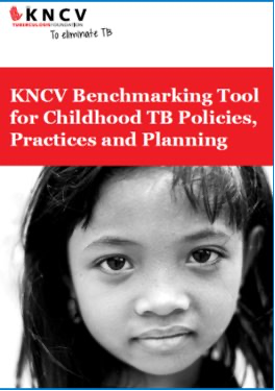
The KNCV Childhood TB Benchmarking Tool for policy & practice is a self-assessment tool meant to serve as a basis for discussions, brainstorming, and strategic planning and as a tool for monitoring progress in the realization of childhood TB policies towards alignment with WHO guidelines in the framework of a TB program.
https://www.kncvtbc.org/uploaded/2016/06/Childhood-TB-benchmark-tool-word-and-excel.zip
Preventing Catastrophic Costs
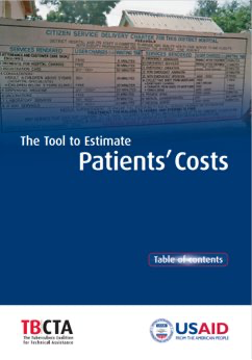
The Tool to Estimate Patients’ Costs has been to
- Make economic constraints to individuals and households more apparent.
- Provide means to assess the impoverishing impact of TB on patients and their families.
- Establish an evidence-base upon which subsequent interventions can contribute to poverty reduction, increased equity in access to diagnosis and treatment, increased case detection, better treatment adherence
https://www.kncvtbc.org/en/downloads/tools-and-manuals/universal-access/#
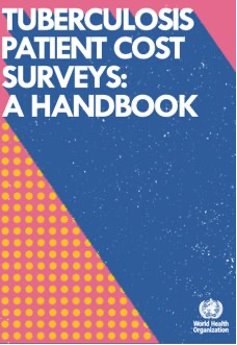
WHO recommends baseline and periodic measurement using an indicator termed “catastrophic total costs due to TB” to measure progress towards the high-level End TB Strategy target. Measurement is based on the conduct of surveys examining the costs to patients associated with TB, and can enable the estimation of the proportion of patients experiencing catastrophic costs. This handbook provides the necessary tools for these surveys.
https://www.challengetb.org/publications/tools/costing/TB_Patients_Cost_Surveys-Handbook.pdf
New Drugs & Regimens
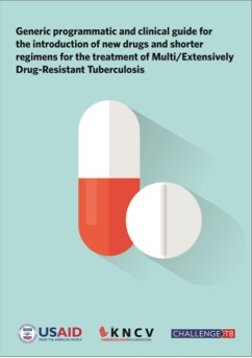 This document describes the steps necessary to implement the shorter regimen and the new drugs for DR-TB treatment, including diagnosis and bacterial confirmation of drug resistance, treatment regimen design, monitoring of treatment efficacy and safety, and programmatic evaluation. These steps are detailed within an M/XDR Patient Triaging Approach.
This document describes the steps necessary to implement the shorter regimen and the new drugs for DR-TB treatment, including diagnosis and bacterial confirmation of drug resistance, treatment regimen design, monitoring of treatment efficacy and safety, and programmatic evaluation. These steps are detailed within an M/XDR Patient Triaging Approach.
https://www.kncvtbc.org/en/downloads/tools-and-manuals/programmatic-management-of-mdr-tb/#
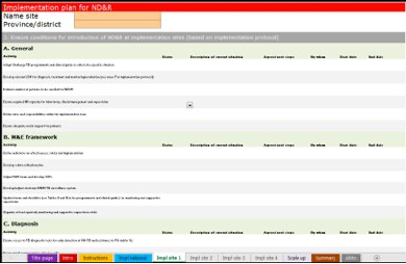 The generic guide is complemented by an Excel-based implementation planning tool for introducing new drugs and shorter regimens. https://www.kncvtbc.org/en/downloads/tools-and-manuals/programmatic-management-of-mdr-tb/#
The generic guide is complemented by an Excel-based implementation planning tool for introducing new drugs and shorter regimens. https://www.kncvtbc.org/en/downloads/tools-and-manuals/programmatic-management-of-mdr-tb/#
